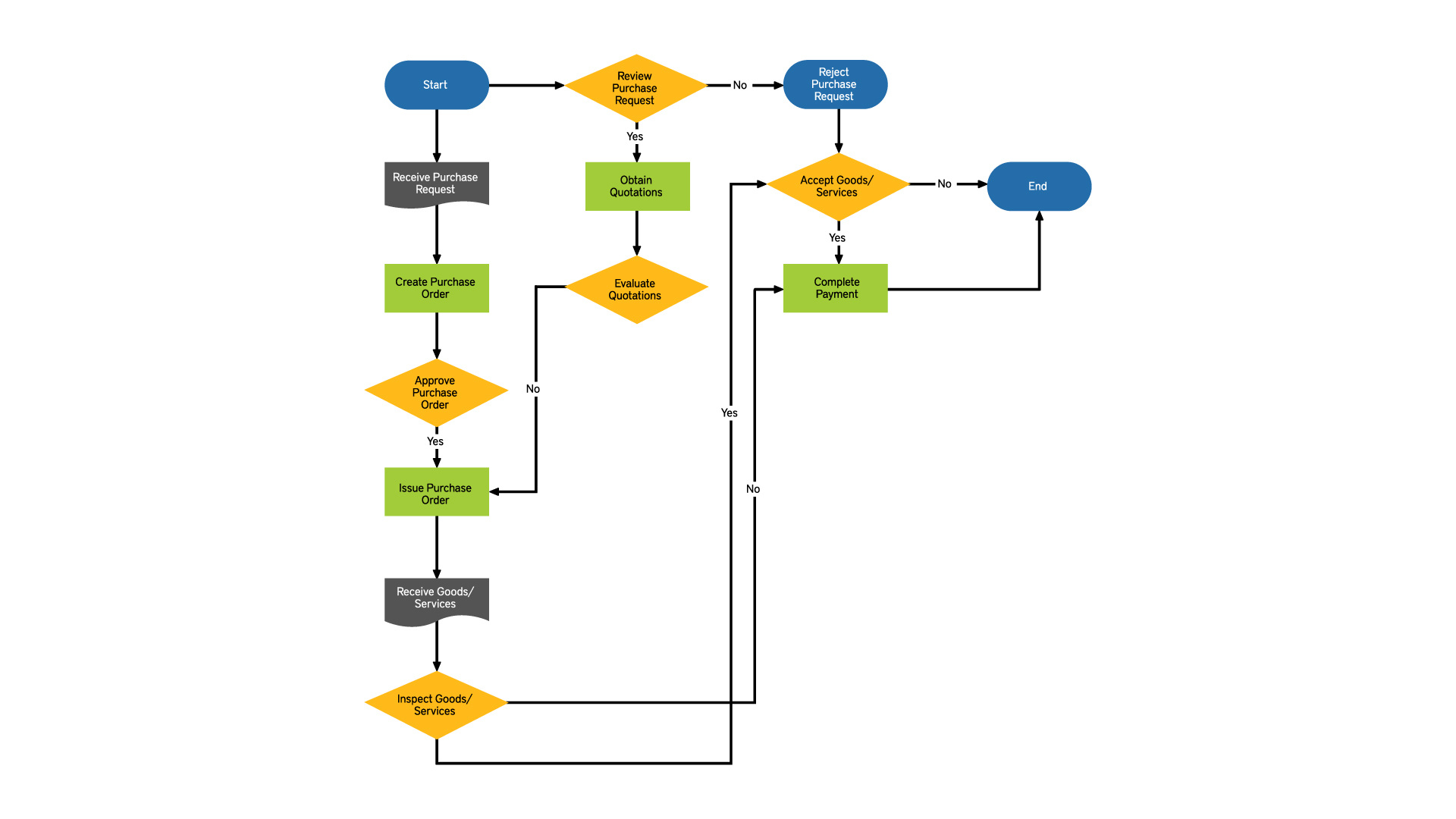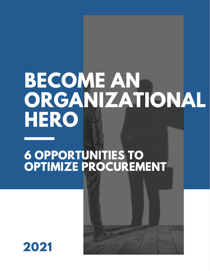In the last ten years, businesses have become aware of the gap between the enterprise app and the standard consumer experience. On one side, enterprise software was created with the expectation that it could handle complexity with enough robustness to carry out standard functions on a large scale. On the other hand, there are consumer apps and tools that are simple to use so that the common user can pick up their device and begin navigating through the information available. While this distinction was once normal, even accepted as “how things are,” the expectations between the consumer and enterprise world are now drawing closer, leading the world into what may be an entirely new paradigm.

Leading the charge is a next generation of enterprise software, one that incorporates a consumer-grade experience to minimize friction in the day-to-day tasks of an employee. Unfortunately, while some sectors have embraced this shift, procurement teams are still struggling to reach this level of ingenuity. Since enabling users is such a critical part of improving procurement processes, we helped to uncover some of the principles that can be incorporated into your own business.
Principles of The Consumer-Grade User Experience
So, what does a consumer-grade user experience entail?
Some of the major principles in the process include simplicity, with streamlined processes that eliminate user steps, accessibility, the ability for the solution to be integrated with other platforms and the overall look of the solution. Consider that aesthetic appeal is not only targeted at giving users an enjoyable experience but also providing a foundation that any employee can be comfortable and confident in using.
The resulting experience is one that requires little or no training. Meaning any user, in theory, can open a box, download an app or launch a portal and understand how to use the tool without much research.
Although these principles are general across all consumer-grade user experiences, consider how we can apply them to procurement-specific processes.
1. Reduce Complexity by Limiting the Number of User Choices
In consumer-grade user-experience a commonly known principle is Hick’s Law. The principle states that the time it takes to decide increases with the number and complexity of each choice. Therefore, the more options you give to a user, the longer they will take to complete a process, such as supplier selection.
Therefore, procurement organizations can apply this same principle on the operational side with the creation of purchasing documents (Purchase Requisition or Purchase Order) or in the vendor management process with buying. Consider that in a standard operational purchasing process, a normal screen may have up to 40 fields (both on a Purchase Requisition and Purchase Order). And, of those 40 fields, a user may only fill out 3, adding to the complexity of the form.
Teams have since looked at ways they can simplify the process by allowing users to complete their tasks with as few clicks and as little data entry as possible on screens that only contain the information necessary to complete the task at hand. For example, by selecting between two options, the 37 fields not requiring details may be hidden.
ConvergentIS applications incorporate the consumer grade user experience with a questionnaire style form that asks users in plain language two or three questions they need to progress to the next screen. Additionally, drop down menus help users to select between two or three options, thereby simplifying the series of steps needed to make a purchase.
2. Make it Mobile Friendly
Today, it is no secret that everyone is on mobile. Therefore, enabling a consumer grade experience means providing mobile access to everything, including enterprise systems. When employees were asked if having mobile access was a big deal, teams were quick to agree that they were more productive with it than those without.
For this reason, it makes sense that large portions of your procurement process can also be conducted on mobile. Consider the example of approvals in the procurement process. Many of your managers who must approve purchasing documents are constantly on the go. So, why not make their job more user friendly and allow them to easily make approvals on an app that notifies them, and allows them to select yes or no. The benefit is that approvals are done more quickly and purchasing cycles are shortened.
3. Guiding Users, The First Time
Teams don’t have to pass information back and forth with missing information – instead guided processes ensure all information is collected the first time. Think of online shopping, it only makes sense that the site prompts you to fill in missing details before your order is submitted. So why wouldn’t it be the same for your procurement processes.
In a consumer-grade procurement process, employees are guided through an online shopping experience, where items can be added to a cart from a catalog (in indirect use cases), or suppliers can be selected from a drop-down (in direct use cases). The benefit is that users no longer have to go back and forth with their department to fill in missing details, and with their vendors to understand the fine-tuned details in an order. Moreover, businesses are naturally compliant with prenegotiated contracts, since it is easier for employees to follow the guided steps than to make one-off purchases that they need to expense later.
4. Integrating Multiple Platforms Without Loss of Usability
Lastly, when it comes to the principles of accessibility and usability, the consumer-grade experience takes into account how simple it is for a user to access and complete certain tasks. For example, a good consumer experience for a banking app may allow users to easily navigate to all of their banking-related products (Mortgage, Savings and Checking accounts) within a single screen. The same app may also create a seamless experience for users to navigate and review their finances in each.
Similarly, a vendor portal in procurement may combine end-to-end purchasing processes to deliver the same consumer-grade experience. Within these portals, users gain insight into each step of the procurement process, with milestones showing progress against totals in each step.
This data is then made available to any user with portal access, giving more people visibility into the information they need for better decisions.
5. Continuous Improvement and Feedback
Creating a consumer-grade procurement process requires active engagement with stakeholders at every level. Encourage employees, suppliers, and other relevant parties to provide feedback on their procurement experience. This can be done through surveys, suggestion boxes, or regular meetings. Actively listen to their suggestions, concerns, and ideas for improvement. By valuing their input, you create a culture of collaboration and continuous improvement, fostering a sense of ownership and engagement among stakeholders.
Conducting regular process reviews and optimizations: To ensure your consumer-grade procurement process remains effective and aligned with evolving needs, it is essential to conduct regular reviews and optimizations. Set up a structured process to evaluate the efficiency and effectiveness of procurement workflows, tools, and policies. Analyze key metrics such as cycle times, cost savings, and user satisfaction. Identify areas of improvement and develop strategies to address them. Continuously seek opportunities to streamline processes, enhance user experience, and leverage new technologies to stay ahead of industry trends and best practices.
Take a First Step Towards Better UX
Incorporating several of these principles can be done with a single solution, the ConvergentIS Procurement Gateway. Whether it is for services, operational or vendor management use cases, employees have found that completing their day-to-day tasks is easier than ever before.
Ready to take the next step? Download our free guide to get started.


